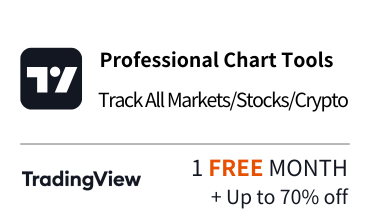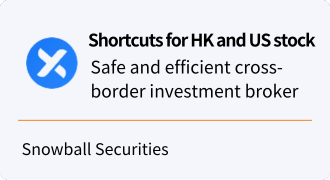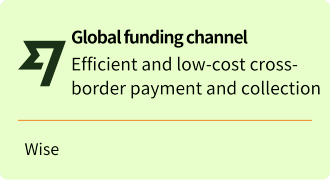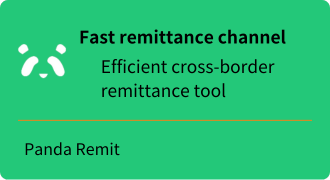Mastering Quantitative Trading: From Basics to AI-Driven Strategies
[DISCLAIMER] This article is for educational and informational purposes only and does not constitute investment advice. Readers should consult with qualified financial professionals before making any investment decisions.
If you can't play it above, please click here to play the video
Extra, extra, I'm Uncle Ho Wai
I'm a trading partner.
What is quantitative trading? Quantitative trading is the use of mathematical and statistical methods to analyze enough historical data, according to the results of the analysis to build models, form specific trading rules, optimize investment portfolios, matching risk control, trade execution, etc., the combination of a complete set of trading systems, and strict implementation of the investment transactions.
From the previous definition: quantitative trading trading behavior are rational, objective and certain. And not based on emotions, irrational investment decisions.
Where the trade execution program does not have to be fully automated. Manual execution is also possible, but the higher the degree of automation, the more efficient it will be.
The parameters in a fully automated program should not be fixed, and it is best to make relevant adjustments based on the recent market. There is a billion private equity big brother said such a story, there was a friend to him for the source code, he copied it directly to the friend, the friend ran half a year is a loss, ran to ask the big brother, you are half a year in profit, I run the same program how it is a loss? The big brother replied: because I reset the running parameters every day for the disk situation. It can be seen that the big man himself is a link in this trading system. Less this link, although the program can run, but the results are not the same. In fact, this is how all quantitative fund managers survive. Quite simply, if they don't, the moment the trading system is successfully developed, is the moment they lose their jobs. All of you have any ideas can leave a message in the comments below. We'll discuss it together.
Quantitative trading methods from the beginning of the human brain thinking, the use of statistics to summarize the law, the development of artificial intelligence applications.
At present, the leading quantitative trading technology using deep learning (such as long and short-term memory LSTM), reinforcement learning, etc., later I will make a related video to explain the specific implementation of these technologies. Because the model of deep learning is poorly interpretable, the performance of the model is good or bad can not make a clear explanation, which is also a fatal drawback for the application of trading, so it is not widely used. With more people exploring these techniques, it could lead to a faster maturation.
So is quantitative trading really so awesome?The answer is yes.
James SimonsJames Simons is the founder of Renaissance Technologies, and is also recognized as the originator of quantitative trading in the world. Renaissance specializes in quantitative investing, and its team consists of mathematicians, physicists, scientists, etc. As of 2020, the Grand Medallion Fund has averaged a return of over 35% for 32 consecutive years and has continued to outperform through several financial crises.
At its peak in 2000, Goldman Sachs employed 600 traders on its cash stock trading desk at its headquarters in New York to buy and sell stocks on large orders, according to the MIT Tech Review. But today, there are only 2 traders left. The reason behind this is that automated program trading has replaced manual trading. According to a 2017 study by Tabb Group, quantitative investors became the biggest players in the market, with quantitative trading volume accounting for 31% of the total U.S. stock volume.
The skills necessary for a top quant are math (linear algebra, calculus, harness, etc.), finance (interest rates, principles of finance, etc.), and computer science (learning to use languages like python, C++, etc.).
Uncle thinks these are just tools. With tools can be half the effort, like a tiger to add wings. Among them, the understanding of the transaction and the essence of the exploration is the core.
I believe we have all heard the saying: the master is in the people. There is also the fact that many of the world's current superb companies are born in the garage, such as: Google, Apple, Amazon, HP, Yahoo, tubing and so on.
Currently there are quite a few secret weapons in quantitative trading in the hands of a few people, but there are also a lot of public papers, research results, trading systems, etc.. All we need to do is try to reproduce the results, analyze, explore improvements, and then innovate.
There is one final quote to share with you:
Complicated things are simple to do, simple things are repeated, repeated things are done by heart, as long as you insist there will be results!
Trading life road, uncle accompany you!







